
cover image by せんべぇ
When discussing camera settings, 'aperture' is a topic that inevitably comes up.
However, for beginners, understanding what aperture specifically means and how to use it can be confusing. Aperture is a crucial element for adjusting the brightness of a photo and the bokeh effect in the background. This time, we will introduce the camera aperture in an easy-to-understand manner.
What is Aperture?
Aperture refers to the adjustable opening inside a camera lens. By adjusting the size of the aperture, you control the amount of light passing through the lens.
Generally, aperture values are expressed as 'f-numbers', such as 'f/1.4' or 'f/2.8'. The smaller the f-number, the larger the opening, allowing more light to enter. Conversely, the larger the f-number, the smaller the opening, reducing the amount of light.
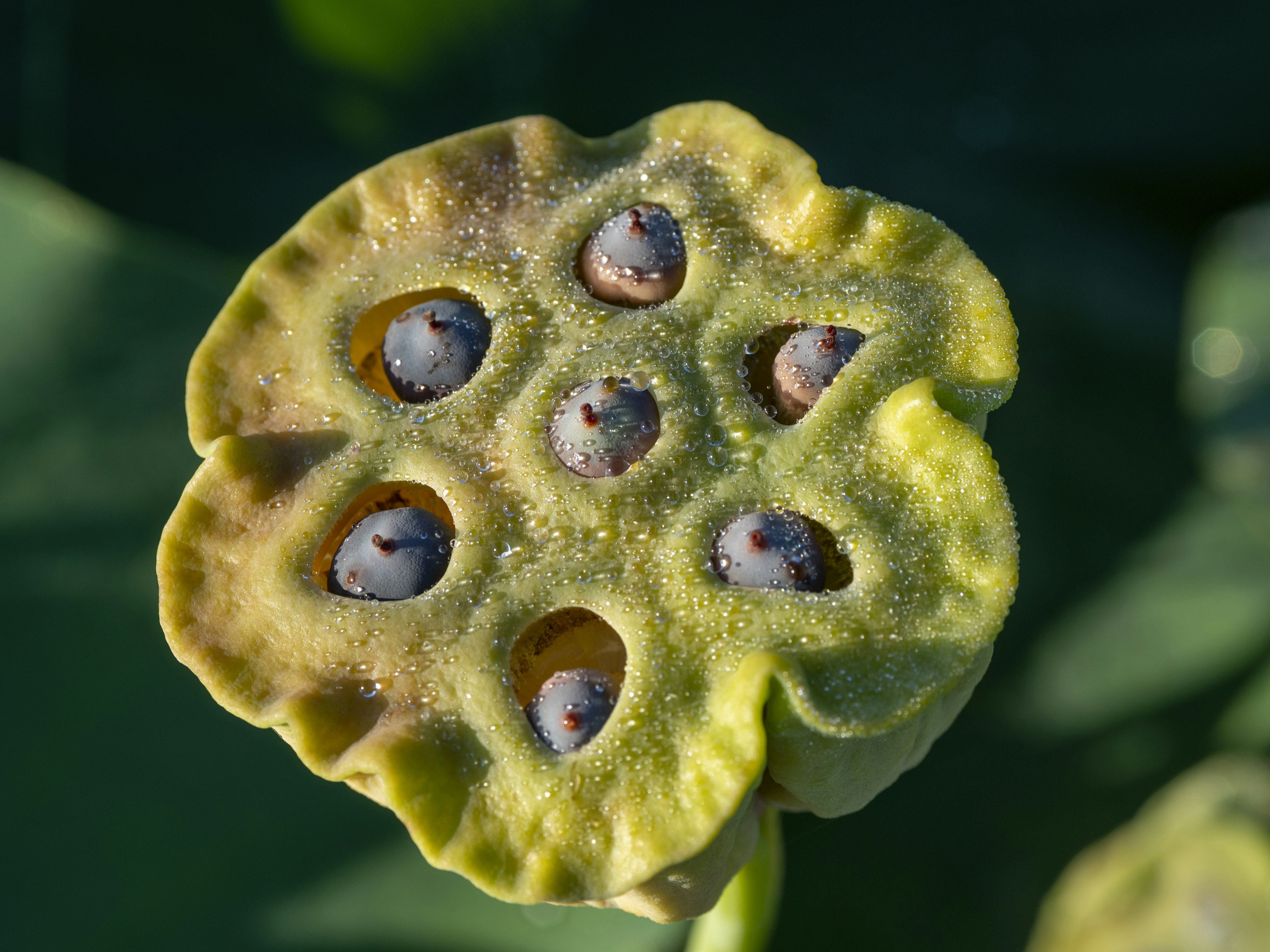
Image by かめです
In conclusion, by balancing aperture, shutter speed, and ISO sensitivity, you can achieve optimal exposure. Let's explain each point in detail.
Aperture and Depth of Field
Aperture significantly affects the depth of field, which is the range in a photo where objects are in focus.
When the f-number is small (large opening), the depth of field is shallow, making the background more likely to blur. This highlights the subject, making it popular for portrait photography. On the other hand, when the f-number is large (small opening), the depth of field is deep, allowing for photos where everything is in focus. This technique is often used in landscape and architectural photography.
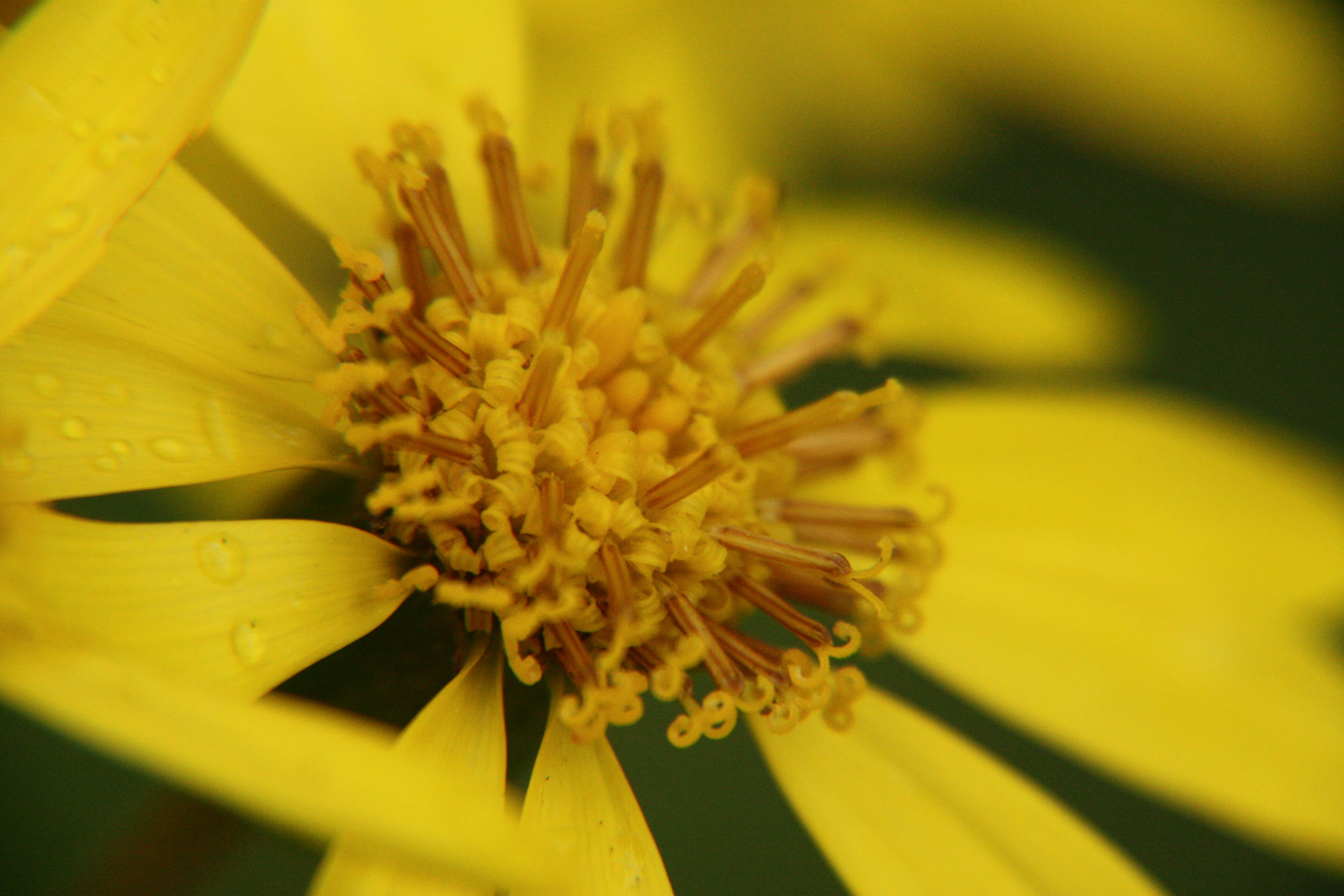
Image by F5.6
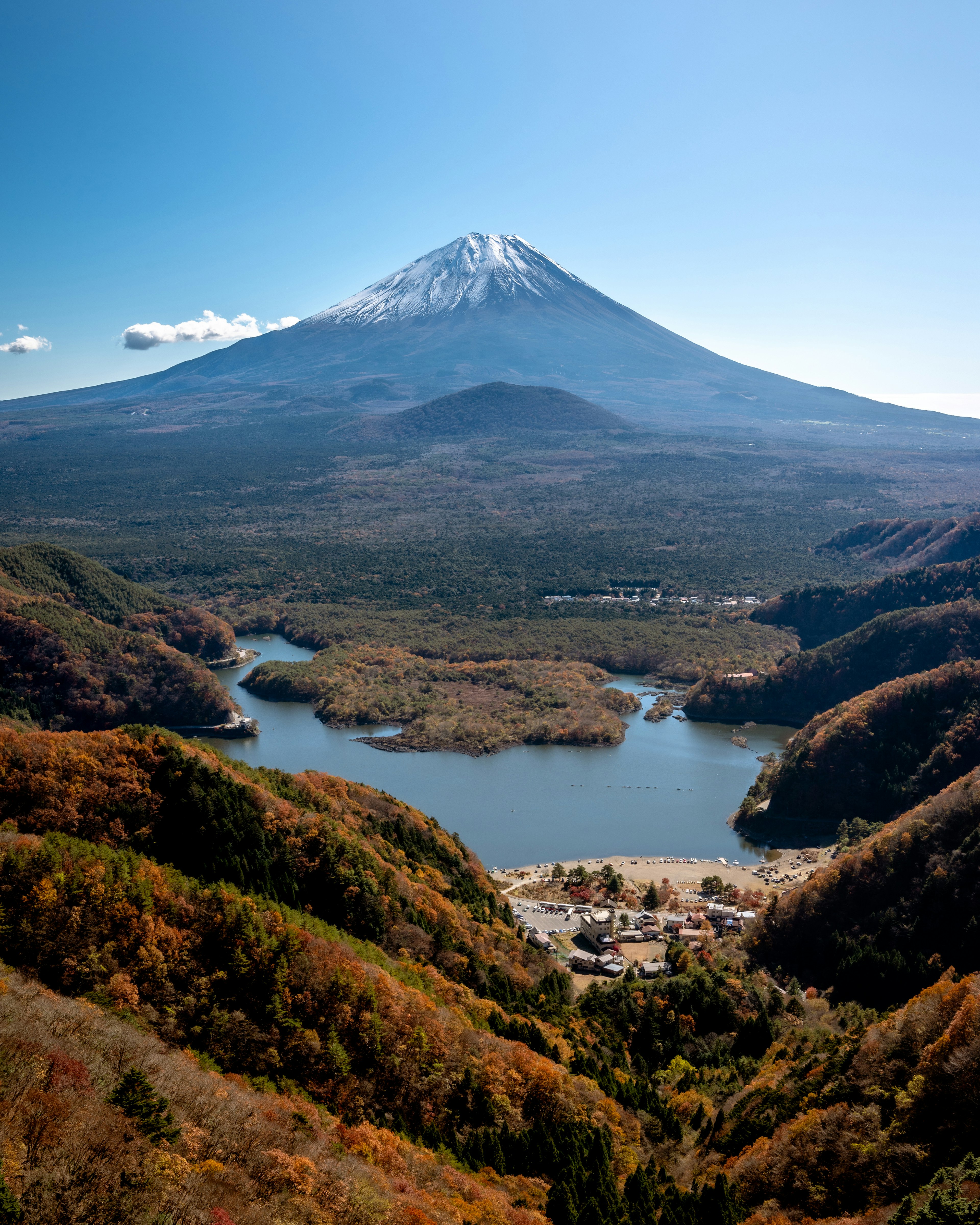
Image by Ryota
The Relationship Between Aperture and Shutter Speed
Adjusting the aperture is also crucial in balancing with shutter speed.
When the aperture is wide open (small f-number), more light is captured, requiring a faster shutter speed. Conversely, when the aperture is narrowed (large f-number), less light is captured, necessitating a slower shutter speed.
If this balance is not maintained, the photo may become too bright or too dark.
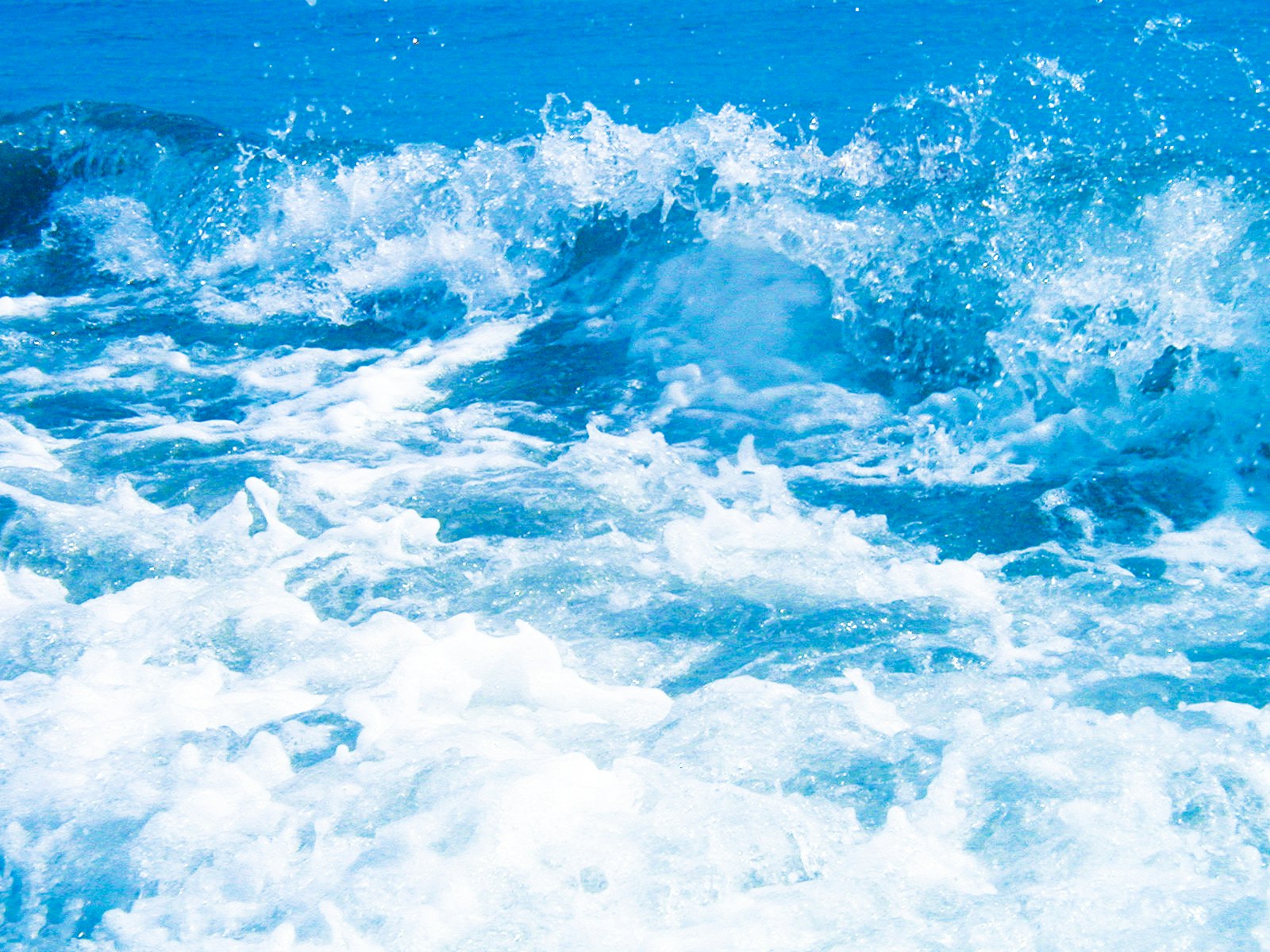
Image by hiro
Adjusting Aperture and ISO Sensitivity
ISO sensitivity also needs to be adjusted in conjunction with the aperture. ISO sensitivity indicates how sensitive the camera's sensor is to light. A low ISO value (e.g., ISO100) means the sensor is less sensitive to light, resulting in less noise in the photo. A high ISO value (e.g., ISO3200) means the sensor is more sensitive to light, allowing for brighter photos in low-light conditions but increasing the risk of noise.
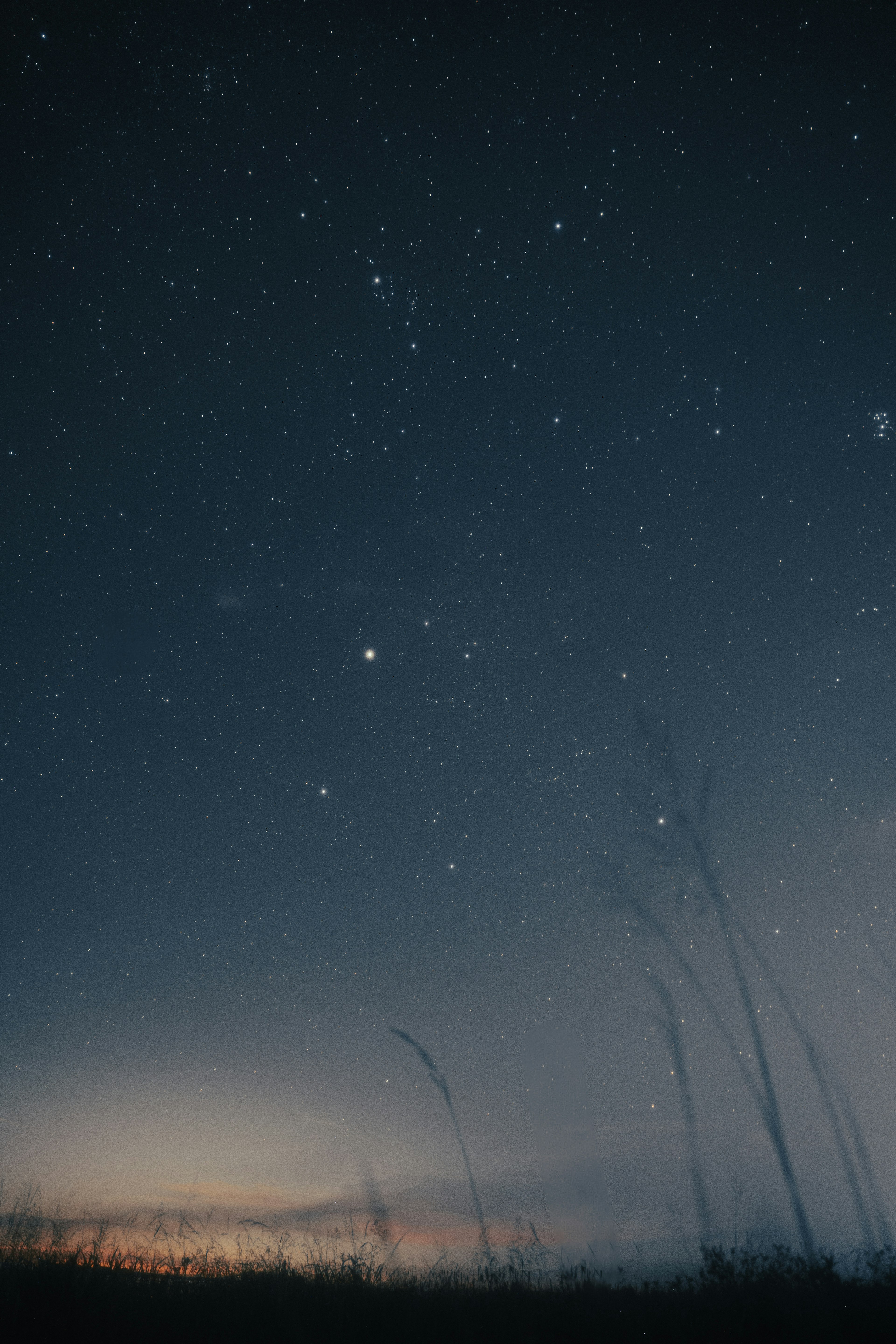
Image by T15
Practice Methods for Mastering Aperture
To effectively master aperture, it is important to take your camera in hand and practice shooting. Start by photographing the same subject with different f-numbers to experience the differences in depth of field. Next, practice balancing various shooting conditions by combining shutter speed and ISO sensitivity.

Image by StudioMISO
Additionally, using the aperture priority mode (A or Av mode) is recommended for beginners, as it allows you to set the aperture while the camera automatically adjusts the shutter speed.
How was it?
Camera terminology can be difficult to ask about now, but I hope this content is helpful. Enjoy experimenting and taking great photos.



